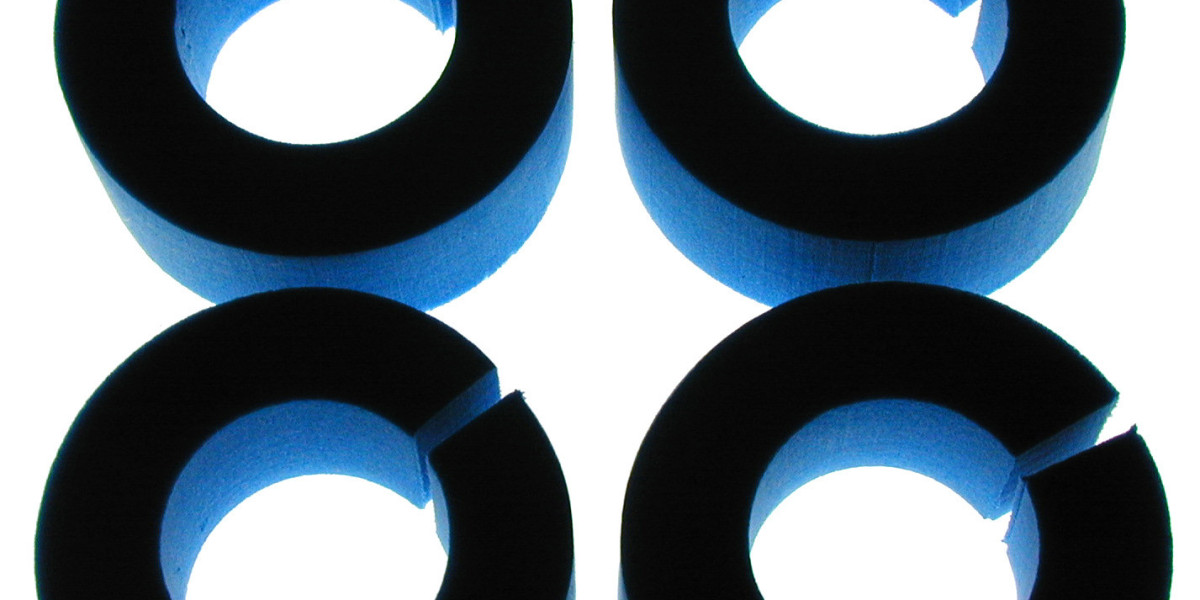The primary mechanism by which BPC-157 exerts its effects appears to involve modulation of growth factors such as vascular endothelial growth factor (VEGF), transforming growth factor beta (TGF-β), and platelet-derived growth factor (PDGF). By influencing these molecules, the peptide can promote angiogenesis— the formation of new blood vessels— which is essential for delivering oxygen and nutrients to damaged tissues. In addition, BPC-157 has been shown in preclinical studies to enhance collagen synthesis, a key component of connective tissue repair, and to accelerate the healing of muscle strains, tendon injuries, and even nerve damage.
Beyond its regenerative capabilities, BPC-157 also displays anti-inflammatory properties. Research conducted on animal models indicates that the peptide can reduce inflammatory cytokine production and mitigate oxidative stress in injured tissues. This dual action—both stimulating repair processes and dampening inflammation—makes it a promising candidate for treating conditions such as tendonitis, ligament sprains, and even gastrointestinal disorders like ulcerative colitis.
KPV is another peptide of interest in the realm of tissue protection and anti-inflammatory therapy. The abbreviation KPV refers to a tripeptide composed of lysine (K), proline (P), and valine (V). This small sequence has been identified as part of a larger protein that plays a role in innate immunity, particularly within the gastric mucosa where it helps maintain barrier function against pathogens and chemical irritants. KPV is known for its ability to neutralize reactive oxygen species (ROS) and reduce cellular damage caused by excessive oxidative stress.
The therapeutic potential of KPV has been explored primarily in models of ulcerative colitis and other inflammatory bowel diseases. In laboratory settings, the peptide has demonstrated a capacity to decrease mucosal inflammation, preserve epithelial integrity, and promote rapid healing of ulcerated lesions. Its mechanism involves the suppression of pro-inflammatory mediators such as tumor necrosis factor alpha (TNF-α) and interleukin 6 (IL-6), as well as modulation of the NF-κB signaling pathway, which is central to inflammatory responses.
In addition to gastrointestinal applications, KPV has been investigated for its protective effects on skin tissue. When applied topically or administered systemically in animal studies, the peptide reduced signs of UV-induced damage and accelerated wound closure by enhancing fibroblast activity and collagen deposition. This suggests potential use in dermatological treatments such as burn therapy or chronic ulcer management.
Combining BPC-157 with KPV could theoretically offer synergistic benefits for healing complex injuries that involve both mechanical trauma and inflammatory components. While each peptide individually targets distinct pathways—BPC-157 focusing on angiogenesis and collagen synthesis, and KPV concentrating on oxidative stress reduction—their complementary actions might enhance overall tissue recovery. However, it is important to note that most evidence supporting these peptides originates from preclinical research; robust human clinical trials are still lacking.
Current safety data indicate that both BPC-157 and KPV have low toxicity profiles in animal models, with no significant adverse effects reported at therapeutic doses. Nevertheless, because regulatory approval for medical use has not been achieved in many jurisdictions, individuals interested in exploring these peptides should consult qualified healthcare professionals and be aware of the legal status in their region.
In summary, BPC-157 is a 15-amino-acid peptide derived from gastric proteins that promotes angiogenesis, collagen synthesis, and images.google.com.gt anti-inflammatory responses, making it useful for repairing muscle, tendon, nerve, and gastrointestinal injuries. KPV, a tripeptide composed of lysine, proline, and valine, protects tissues by scavenging reactive oxygen species and dampening inflammatory cytokines, with proven efficacy in models of ulcerative colitis, skin wounds, and other oxidative-stress-related conditions. Together, they represent promising candidates for future therapeutic strategies aimed at enhancing tissue repair while minimizing inflammation, though further human studies are required to confirm their safety and effectiveness.








